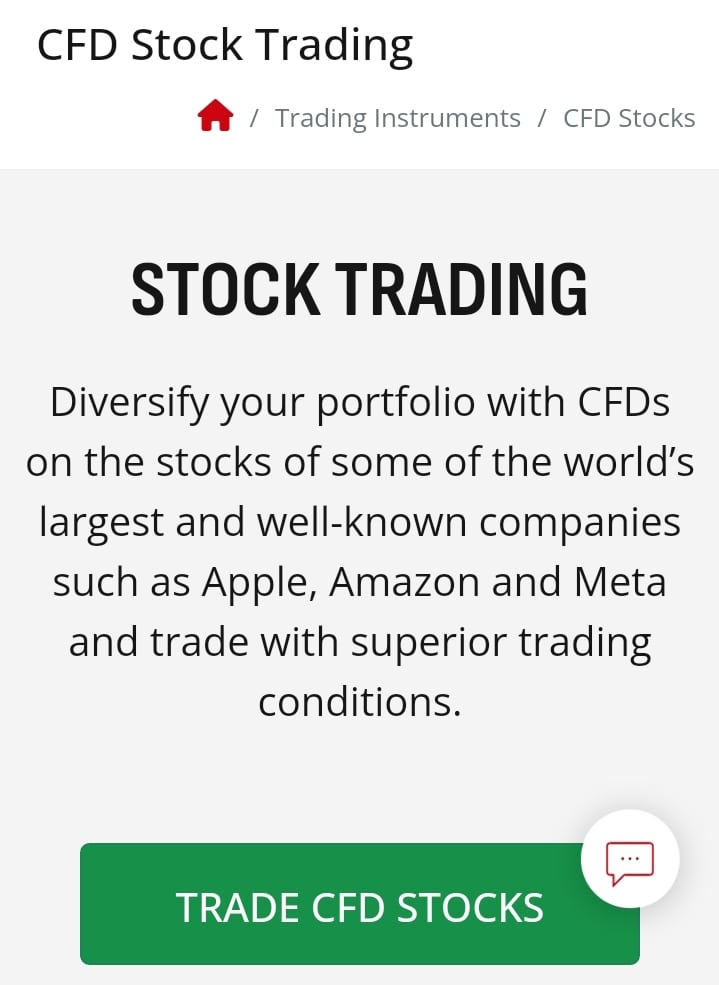
Trading in financial markets offers enough opportunities for traders seeking to capitalize on market movements. Two popular centers for trading are the stock market and the Forex market. While both present profit opportunities, they also have special characteristics that investors must understand.
Let’s now explore the main differences between trading stocks and Forex, understanding the unique aspects of each financial market.
- Market Structure
One of the key differences between trading stocks and forex lies in the market structure. The stock market includes exchanges where traders buy and sell shares of publicly listed companies. Each stock presents ownership in a specific company, and prices are determined by supply and demand dynamics.
On the other hand, the Forex market operates as an OTC market, where currencies are traded. Participants engage in pairs, with one currency being exchanged for another. Unlike stocks, currencies are not tied to a specific exchange, and the forex market operates 24/5 (in some cases even 24/7).
- Asset Class
Stocks represent ownership in a firm, entitling the shareholder to a portion of the company’s profits and voting rights. Traders often look at a firm’s financial health, earnings reports, and overall performance when trading stocks.
While in the forex market, traders speculate on the relative strength of one currency against another. Economic indicators, geopolitical events, and interest rates are important factors impacting on currency values. Unlike stocks, currencies do not provide ownership in a company but are influenced by a set of economic factors.
- Leverage and Margin
Leverage is another main distinction between trading stocks and forex. In the stock market, traders typically have access to lower leverage ratios, often ranging from 2:1 to 4:1. This means that for every dollar invested, the trader can control 2 to 4 dollars in stock.
Conversely, the forex market is known for higher leverage ratios, sometimes reaching 1:50 or more. While higher leverage can increase potential profits, it also brings the risk of losses.
Investors in both markets should exercise caution and have a thorough understanding of leverage and margin requirements.
- Volatility and Liquidity
Volatility and liquidity levels differ between stocks and forex. The stock market can exhibit varying levels of volatility. Some stocks may experience major price swings, while others remain relatively stable.
In the Forex, major currency pairs are generally more liquid and less prone to extreme volatility compared to individual stocks. However, certain currency pairs may still experience notable price fluctuations, especially during major economic events.
Conclusion
Overall, trading stocks and forex each offer unique opportunities and risks. Understanding the key differences between these markets is important for anyone looking to navigate the world of financial trading successfully. Whether one chooses to invest in stocks or trade in the forex market, a comprehensive understanding of the market structure, asset class, leverage, and volatility is crucial for making informed trading decisions.
As with any form of investment, traders need to do their research and market analysis, manage risk effectively, and stay updated about market news and changes.
Related Reads

